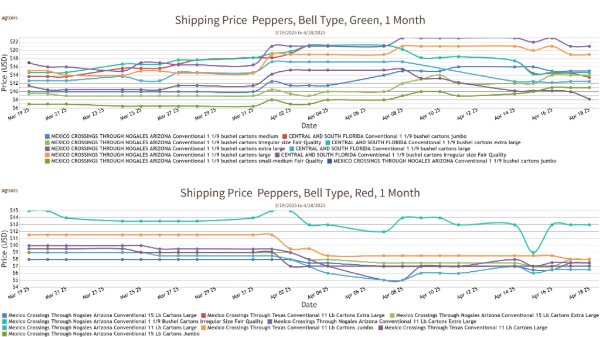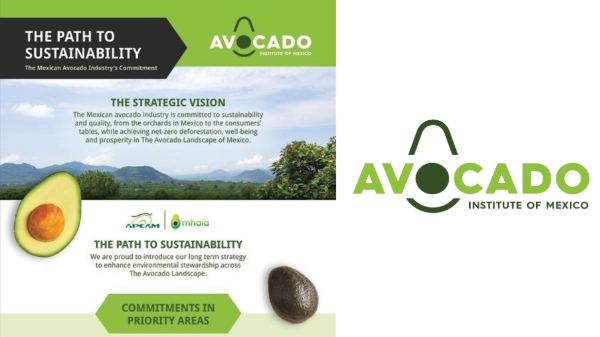Welcome to Blue Book!
Are you ready to join the thousands of companies who rely on Blue Book to drive smarter decisions? View our plans and get started today!
Still have questions? We’d love to show you what Blue Book can do for you. Drop us a line– we’ve been waiting for you.

It comes to no surprise that the produce business is a huge economic engine along the U.S.-Mexico border. According to the Center for North American Studies at Texas A&M University, imports of fresh and frozen produce from Mexico to the United States totaled a staggering $9.6 billion in 2014—with fresh fruit and vegetables accounting for more than 90 percent of the total, or $8.9 billion. The next year, 2015, this figure rose to $9.1 billion.
Thanks to a wonderfully temperate climate in Mexico’s growing regions, everything from avocados and peppers to cucumbers and mangos is now available all year, regardless of seasonality.
To gain a fresh perspective on the trends, changes, and challenges associated with cross-border trade, we turned to two of the industry’s leaders: Bret Erickson, president and CEO of the Texas International Produce Association (TIPA) in Mission, TX; and Lance Jungmeyer, president of the Fresh Produce Association of the Americas (FPAA) in Nogales, AZ.
Has the mission or vision of your organization changed over the last few years?
Erickson: The mission of TPIA is essentially the same as it was when we were founded in 1942, which is to represent the political and business interests of the Texas produce industry.
What has changed is the overall makeup of the Texas produce industry, which now has a much larger import component. Many people don’t realize many of our largest domestic grower-shippers are also some of our largest importers. Imported produce plays a crucial role in our local and state economy, and many of our domestic producers rely on imports as an important aspect of their overall business plan. Importing helps keep their employees on the job when the Texas season is over.
Jungmeyer: Going back seven or eight years ago, the FPAA initiated a strategic review and decided it was time to focus all of our efforts on government relations.
We had a limited budget to impact how consumers viewed produce, but we also had a very good understanding of issues at border, of the different agencies, and the ongoing problems companies face.
We still host trade events and a convention, but our main focus is government relations, which includes the U.S. and Mexican federal governments, as well as different state governments.
What do your members consider today’s top challenges (labor, food safety, climate change, transportation, security, etc.)?
Erickson: There are so many challenges our members face, I don’t even know where to start: severe labor shortages with no congressional fixes in sight; new stringent food safety requirements; pest and disease pressures; lack of water; increasing regulatory pressures from the Environmental Protection Agency (EPA), U.S. Food and Drug Administration (FDA), Customs and Border Protection (CPB), and U.S. Department of Agriculture (USDA); and the lack of federal resources at ports of entry—and the list goes on.








